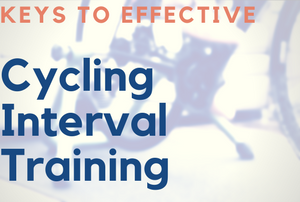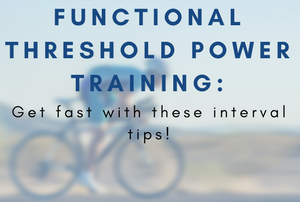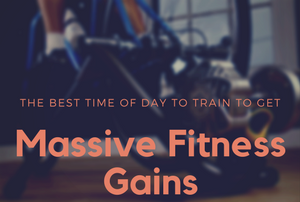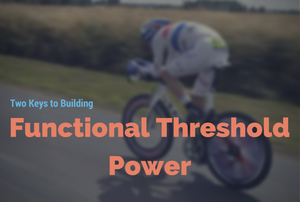Keys to Effective Cycling Interval Training
Many training plans allude to “high intensity interval training” in their descriptions. The big question is always “what is interval training and how do I know it'll work for me?”
Sometimes, interval training is well balanced and effective. More often than not, though, it is overly difficult and non-specific. You see, designing an interval training program is an art as much as a science. You have to consider the ultimate physiological goal and figure out how to best get there. What durations work the best? What intensities work the best? How many repetitions are optimal?
These questions are all part of the keys to effective interval training. Click through the jump and I'll break down the 3 keys to building your own interval program. At the end, I'll even give you some tips that I use to build interval programs for my athletes so you can build your own interval training programs.





